What do the Numbers Mean on a Rifle Scope?
The specification of a rifle scope includes two or three numbers. If your rifle has a two-number format, it is a fixed power scope. If your rifle has a three-number format scope, it is a variable power scope.
The first number is a classification of the minimum magnification. The second number is a classification of the maximum magnification. The third number is a classification of the diameter of the objective lens.
An example specification: A rifle scope with a three-number format reading – 3 – 8.0 x 60 explains that the scope has a minimum magnification of 3.0 and a maximum magnification of 8.0. At the same time, the 60mm represents the diameter of the objective lens.
What Do the Numbers on a Rifle Scope Mean?
If you want to improve your long-range shooting distance, you need to understand your rifle specifications and how the riflescope works. The most common questions about rifles focus on rifle magnification and scope numbers.
What do the numbers on a rifle scope mean? How do I read my rifle scope magnification? What importance do the rifle scope and its specifications have? By understanding the relationship and reading your rifle scope magnification, you can grasp the value of an essential component of your rifle – its scope.
Explaining the Rifle Scope Magnification
Your first step is to understand the scope magnification context. The magnification is a physical property of the scope. Magnification is defined by features such as diameter, curvature, thickness, and the lenses’ substance and coatings.
The riflescope magnification is measured against the naked human eye. An example of this for you to understand: a scope that is set and adjusted to three power would magnify to three times what the naked human eye can see.
The evaluation of the magnification against the naked human eye takes into consideration the assumption that a human has 20/20 vision. This approach of magnification and scopes from every country uses this method.
Once the physical properties and how your scope is evaluated are understood, a set of calculations classify the scope lenses’ visual properties. The lenses inside a scope have three fundamental purposes.
- Magnifying the focal points or target – Through light being reflected from the target, the objective lens bends the light and creates the magnified image of the focal point or target.
- Inverting the magnified image – the image which is created by the objective lens is inverted. A component called an erector assembly has two lenses that flip the image so that it is upright.
- Focusing the image – Now that the image has been magnified and flipped upright, the ocular lens focus is that image.
Scope Types
Riflescopes are in two different classifications:
- Fixed Power Scopes
- Variable Power Scopes
I have briefly discussed the differences between the two scope classifications and added links at some of the top scopes on the market for you to browse through:
Fixed Power Scopes
A fixed power rifle scope as a fixed magnification setting. A fixed power rifle scope has a two-number format and feature magnification that can range from 2.5x to 20x. The more popular models have ranges of 4x, 6x, and 8x.
An example of the two-number format: 8×32. The first number is the maximum magnification power, and the second number is the diameter or size of the objective.
This type of rifle scope was the first on the market. It was quite widespread in the ’60s and ’70s because of its cost-effective means of putting optics on a rifle. When variable power scopes were introduced into the industry, the fixed power scopes’ popularity declined.
Variable Power Scopes
A variable power rifle scope has an adjustable setting. The adjustment is made by rotating a power adjustment ring; the eyepiece’s power adjustment ring is found. A variable power scope is also called an adjustable powered scope. It features a three-number format with magnification that can range from very low to as high as 25x.
An example of the three-number format: 3- 9 x 60. The first number shows the minimal magnification power. The second number shows the maximum magnification power. The third number is the diameter or size of the objective.
Presently, an adjustable powered scope has become the market favorite and industry standard. The more popular model and scope configurations are the 3x and 9x types because their magnification range is perfect for long-range shooting and hunting.
The Drawbacks of Magnification
A rifle scope’s magnification does have limitations such as weight, distortion, and complexity. Below I have discussed some of the shortcomings of magnifying lenses and the different kinds of distortion which are linked to magnification:
- Fringing (chromatic aberration) typically becomes more of an issue as you increase magnification. You can notice the fringing when you see a rainbow through your lens. The chromatic aberration causes the image to become blurred.
- Field curvature refers to the edges of the focal point or image blur. You are going to find that your target is sharp in the center of the image and blurred towards the edges.
- Dimness of the image occurs with an increase of magnification. Due to the fact that the lens thickens, more light is being reflected and absorbed. This causes the image to become dim.
- The field of view is determined by the division of the objective lens and the magnification. When the magnification increases, the field of view decreases. This means that the target area will become less visible as the magnification increases.
- Spherical aberration has a similar effect on the objective as field curvature. The image is going to appear blurry on the edges, and the center of the image is going to be in focus.
The Final Verdict
The understanding of your rifle’s specifications and how its scope works is a vital step if you intend to get the most out of your rifle experience. The scope helps you as the shooter to find, take aim, and hit your target from long-range distances.
Now, let us go back to the original question of what the numbers on a rifle mean. Depending on the type of scope you have and its number format, the first two numbers represent the magnification range, and the last number represents the diameter of the scope objective. Please feel free to comment below if you have any questions.

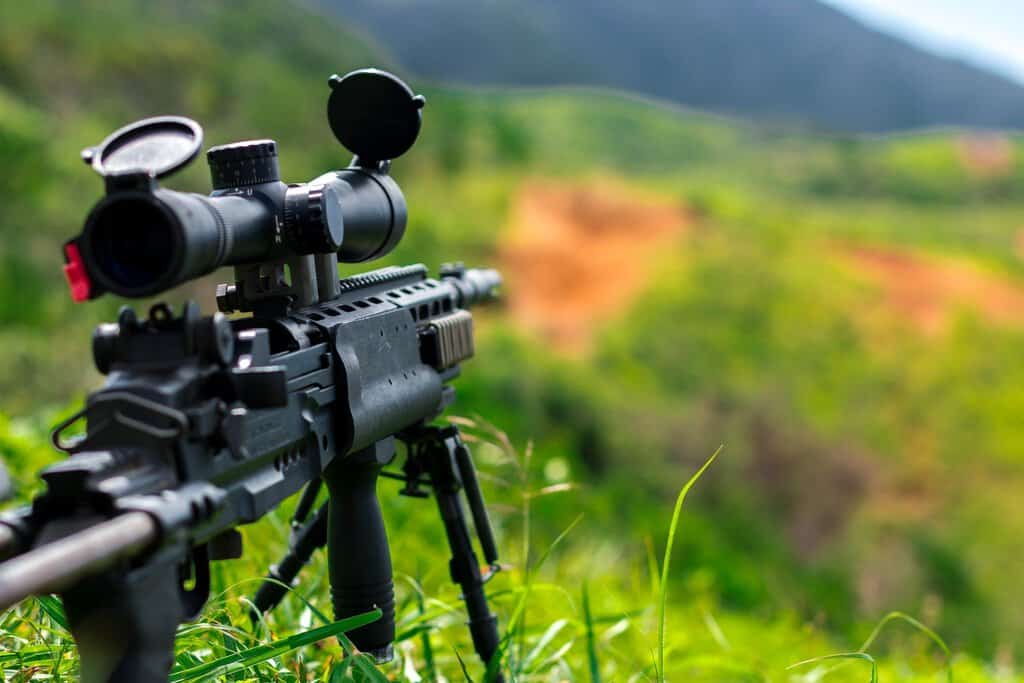
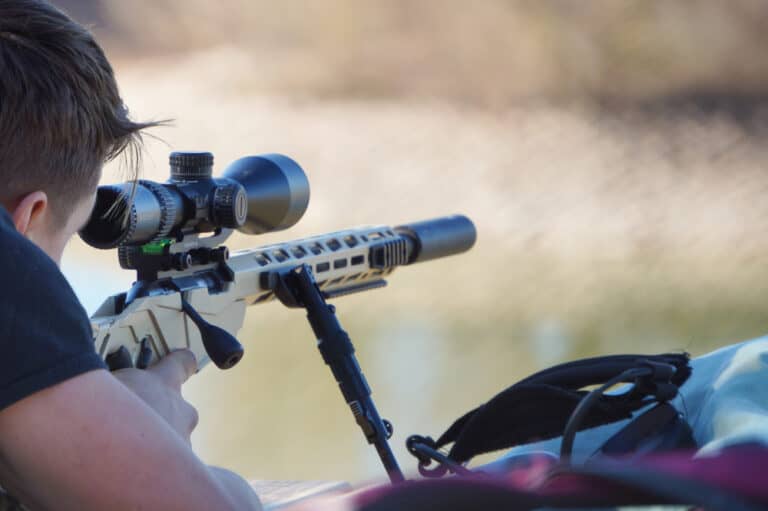
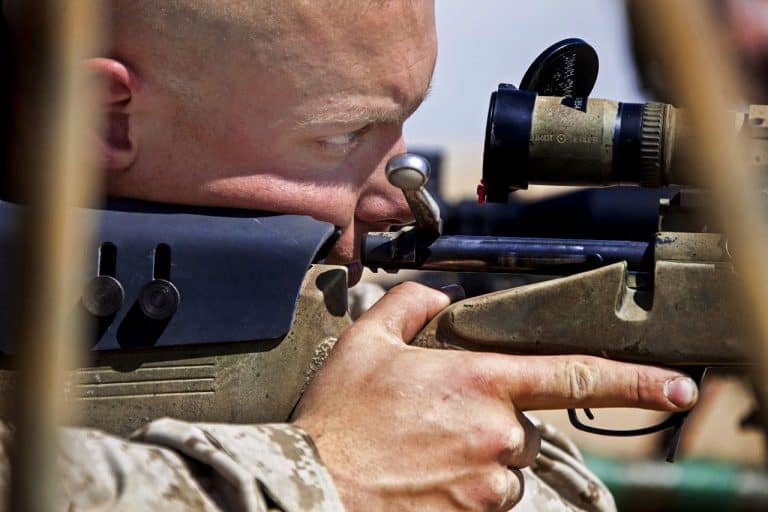
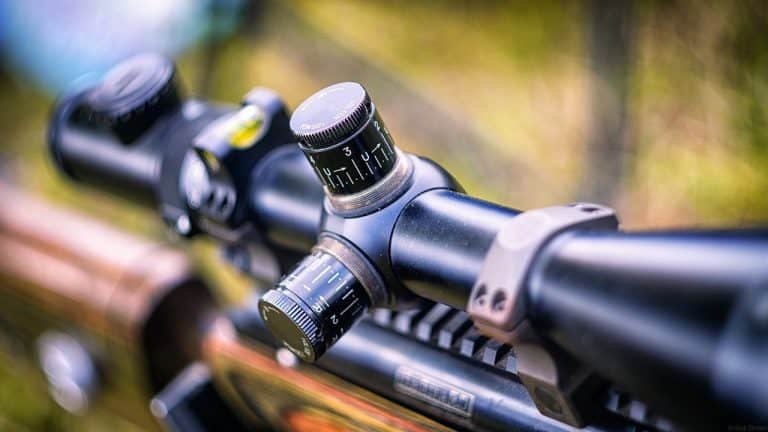
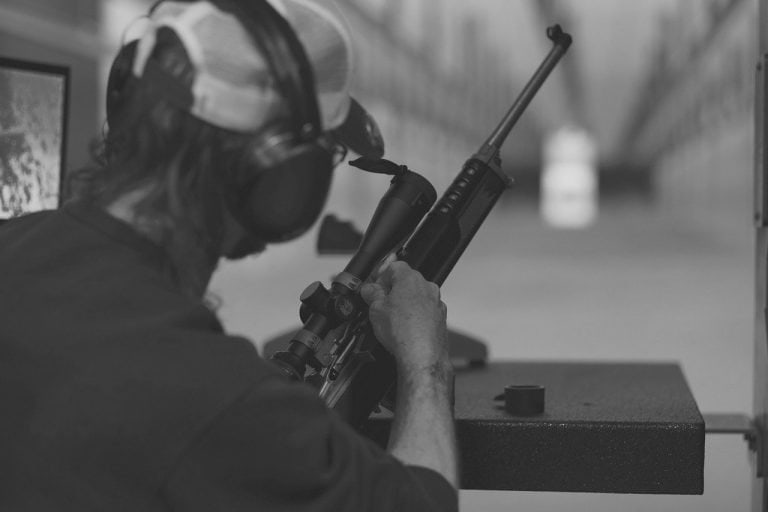
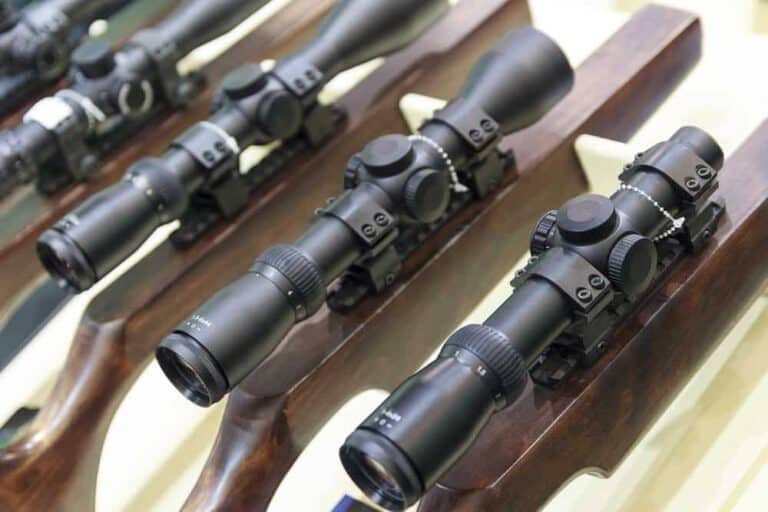
I am trying to get in touch with someone in regards to the MG34 re-weld fixture I found attached to this website…I see a price but no other info
Hi. I understand that you may have retired, and stopped doing any builds/ machining. I’m looking for a semi auto parts kit for an RPD, or a build, if you are still working. I’m at a dead end. Thanks,Bobby.
Cool, I’ve been looking for this one for a long time